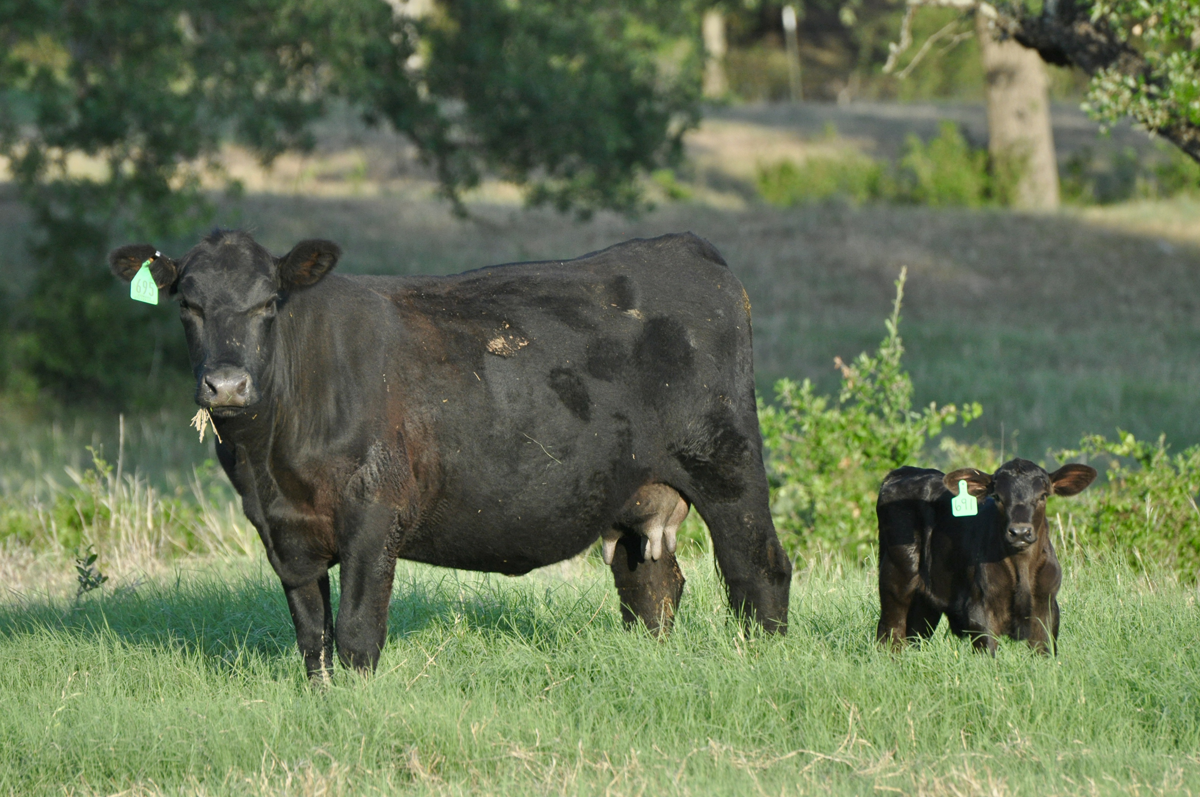Source: HTS Commodities
Tightening cattle supplies could be an asset for feeder cattle and live cattle prices. However, a recession and high interest rates could be problems for the industry.
Cattle supplies is one side of the equation and demand is the other part of the price equation. As the USA economy weakens, HTS Commodities believes that demand related pressures will come from the packing side of the business. These demand pressures can create headwinds for live cattle prices.
If the packer represents both supply (beef) and demand (live cattle), highlighting the leading variables that influence each portion of the live cattle price equation can help empower the feedlot operator’s risk management approach in 2023.
The question for many is how the cattle industry in 2023 is different from 2015.
It’s no secret that the drought in the key western cattle producing states has caused liquidation of breeding stock (cows and heifers).
Unlike 2015, the U.S. cattle industry will have to navigate a plethora of macro challenges: looming global recession, intractable inflation, rising interest rates and a strong dollar. In 2023, the USA cattle feeder is facing both global, domestic, and regional supply shortages of corn and wheat.
The cost of capital and credit standards be will higher in 2023 than in 2015. This translates to higher lending rates for cattle feeding operations. These costs can create structural headwinds for the consumer, the feedlot and the packer.
The bulls...
As the US cattle industry transitions from the contraction to the expansion phase, HTS Commodities predicts three bull market trends.
- When the US breeding herd begins to expand and cow/calf operators start retaining breeding stoc,k the market will be in short supply. Contracting supplies will support higher feeder cattle prices along with live cattle and beef prices.
- Despite the weakening domestic economy, the labor market remains strong, and unemployment remains low. If unemployment and wage growth keeps growing, domestic beef demand can remain resilient.
- As the cattle herd expands and supplies tighten, the cattle feeder should be in a position to exert price leverage over the packer in the cash markets.
The bears...
There are always two sides to a story. As the USA cattle industry transitions to the expansion phase, HTS Commodities thinks three bearish trends will develop:
- In 2023, the US cattle industry will start expanding at the same time as the domestic economy is slowing and interest rates are rising. Slowing economic growth can suppress domestic and export beef demand.
- If cattle prices are rising while beef demand is slowing, packer margins can be pressured. History has shown that as packing margins contract, packers will find ways to slow the slaughter pace to help moderate price appreciation in the local cash markets.
- Corn basis in Hereford, Dumas and other key cattle feeding areas of Texas are at or near record levels. This can limit the time which the cattle feeder wants to feed animals. If the packers start to slow the weekly slaughter pace, there is the potential for the price leverage to pivot from the feedlot operator to the packer.
Take aways...
There are three main points to take away from the report:
- The probability of a third consecutive La Nina weather pattern is declining which should help bring moisture to the west and southwestern regions that have been struggling with the drought.
- As the drought lessens, the emerging supply and demand configuration will present participants throughout the cattle and beef supply chains with opportunities to gain financially.
- Despite the bullish supply outlook, numerous price risks are lurking in 2023 for the cattle feeding and packing industries which can threaten profit margins.














